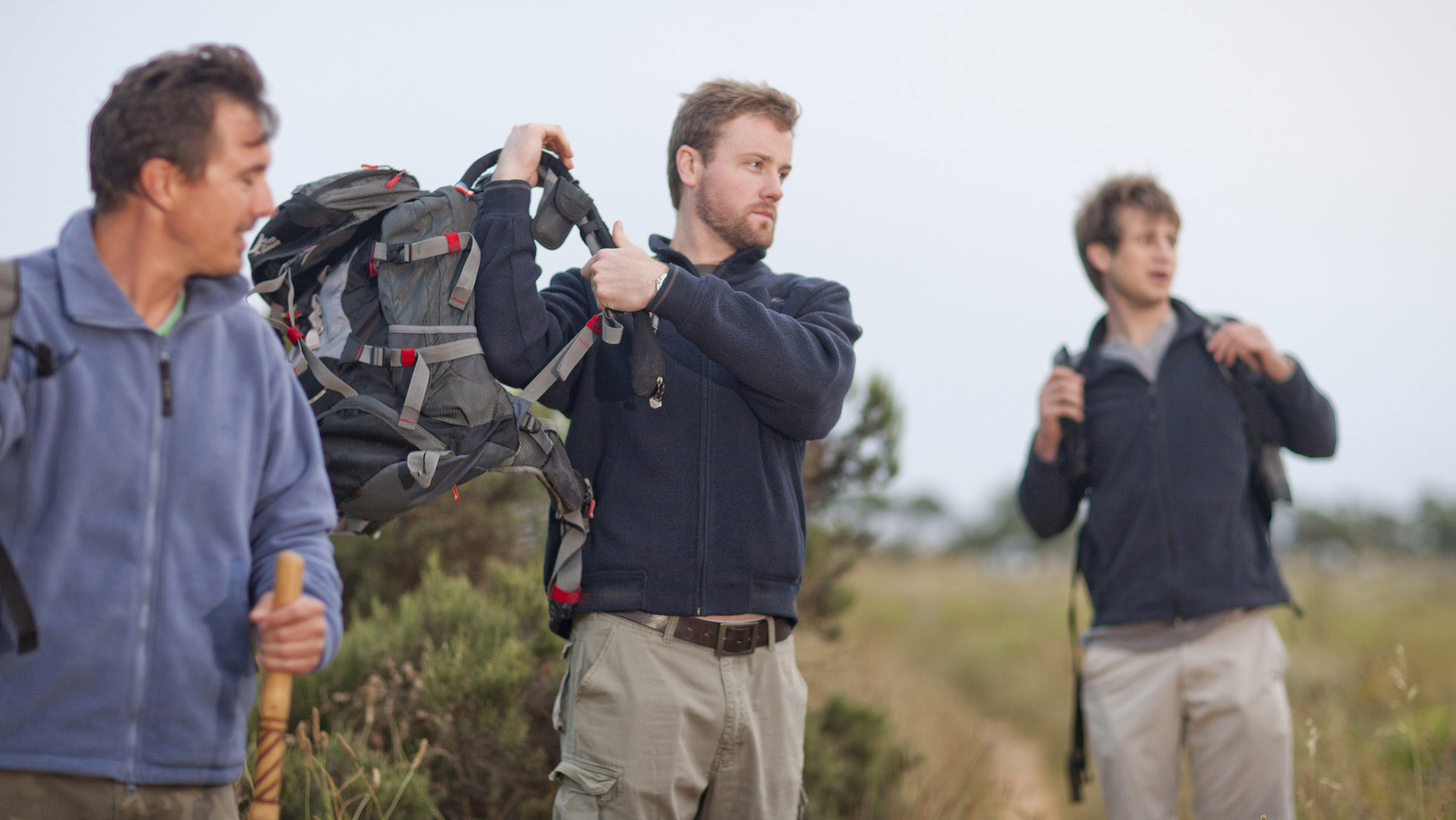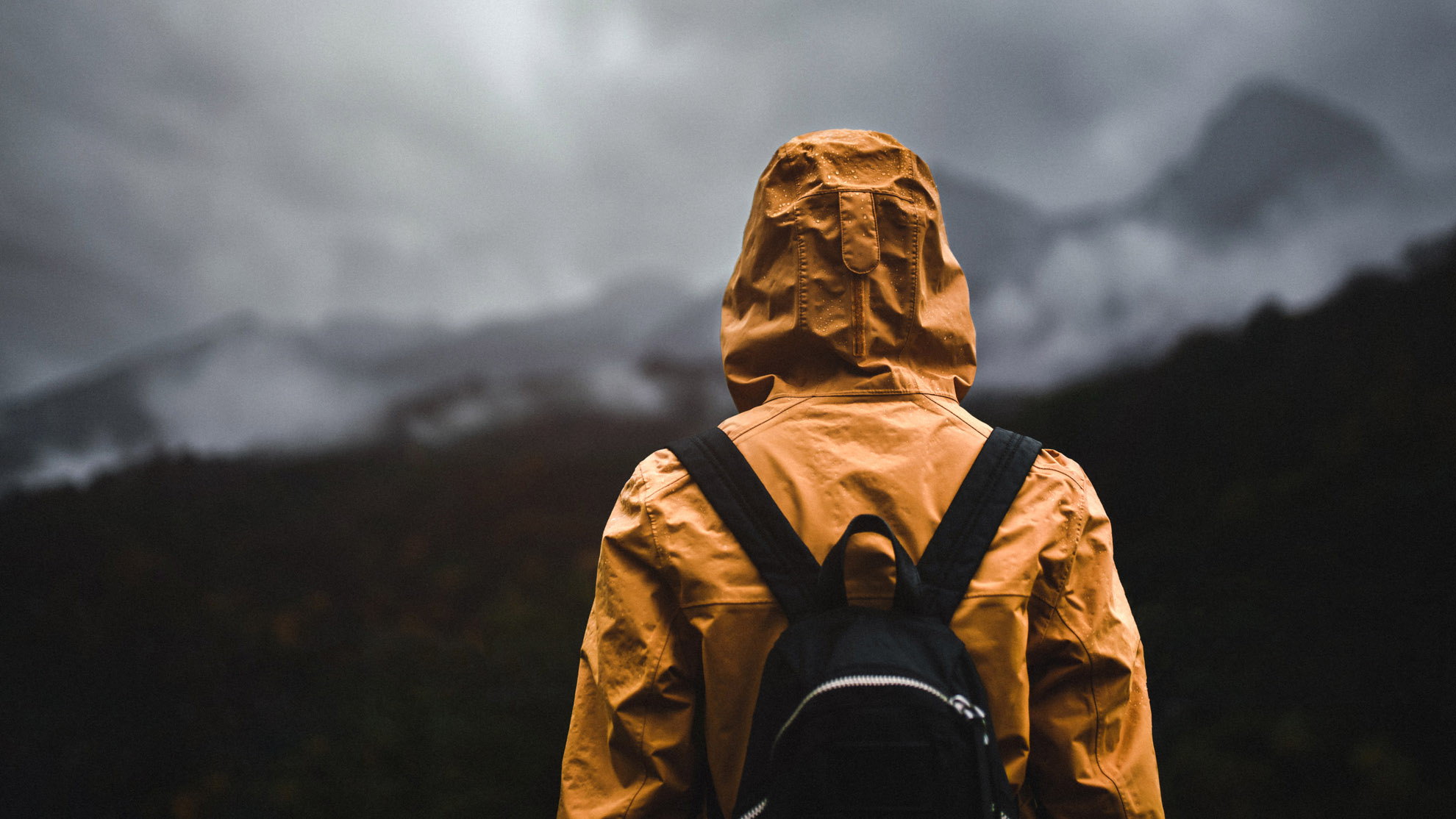What is Polartec?
What is Polartec? We take a look at what this common ingredient in your outdoor gear is and answer all your questions, such as how it’s made and which is warmest

Polartec. It’s made its way into your favorite mid layers and running tops, the linings of your winter hiking gloves and even your best waterproof jacket. It promises warmth and high performance, but what is Polartec, exactly? And how does it deliver protection against cold weather when you’re hiking, running and camping? We take a look at what this common ingredient in your outdoor gear is and answer all your questions, such as how it’s made and which is warmest.
What is Polartec?
Polartec is the name of a global textile company that started life in 1906 as Massachusetts-based Malden Mills. According to a 2011 article on the history of fleece in the New York Times, in 1979, they developed a pile fabric which was intended to mimic wool’s insulating properties but be tougher and more lightweight, ideal for rugged adventures. This fabric was later patented as Polartec Polarfleece, the world’s first fleece fabric, named for a sheep's natural coat. In the early 1990s, a collaboration with Patagonia began to improve upon the technology, which bore a fabric called Synchilla. Today, Polartec supplies their fleece fabrics to hundreds of outdoor and fashion retailers to use in their garments, who choose it for its lightweight breathability and pill-resistance.

Is Polartec the same as fleece?
Polartec is a company, but the fabrics they produce are indeed fleece; they patented the original synthetic fleece fabric, known as Polarfleece. However not all fleece garments are Polartec. Because the company didn’t patent the fleece technology for a couple of years, it became widely manufactured across the world by other companies, and you can find plenty of fleece out there that isn’t Polartec. Polartec now makes over 300 different fabrics for activewear. These fabrics are divided up into four categories:
- Base: Fabrics like Power Dry and Power are used in base layers and thermal underwear worn close to your skin and for high performance.
- Insulation: Yarns like Thermal Pro are found in insulating garments like mid layers.
- Weather protection: This category includes Neo Shell, Power Shield and Wind Bloc which protect you against the elements.
- Flame resistant: They’ve even developed a flame resistant technology that’s been used in US military combat uniforms since 2003.

What is Polartec used for?
Polartec’s fabrics are used in fleece jackets, sure, but you’ll actually find them in all kinds of outdoor gear, from lightweight running tops and base layers to outerwear such as waterproof jackets and winter sports gear. Basically, its products are used for keeping you comfortable and safe when you’re performing in challenging conditions, from hiking and trail running to skiing and mountaineering.
They partner with hundreds of outdoor and fashion brands including Berghaus, Montane and Rab, so if you own a few pieces of outdoor gear, chances are you already have some Polartec in your closet. Gear we’ve tested that uses Polartec includes Karpos gloves and Karpos Moved Evo Jersey running top, Klättermusen Allgrön 2.0 jacket and Picture Takashima puffer jacket.

What is Polartec fleece made from?
We’ve mentioned that Polartec Polarfleece is a synthetic fabric, and for you that might understandably raise a few red flags. Fleece is woven from polyester, a type of plastic derived from petrochemicals. As a fabric, polyester is known for being soft, durable, breathable, moisture-wicking and containing thermal properties, but it has some issues, too. Fleece’s polyester fibers gradually degrade over time and release miniscule microplastic filaments into the environment, including in our rivers, seas and oceans when we wash them.
All of that said, Polartec says its products are now primarily made using post-consumer recycled polyester from recycled water bottles, and they were the first company to introduce recycled fleece back in the 1990s. This of course doesn’t keep microplastics from breaking down and leaching into the environment, but it does reduce existing plastic that would otherwise be taking up space in our landfills, to the tune of 1.7 billion bottles to date, which isn’t nothing. According to their Eco Engineering program, they’ve also ditched the use of PFAS in their water-repellent fabrics, have an initiative to reduce their waste and energy consumption, and repurpose over 95% of their remnants into other products like flooring and furniture.
All the latest inspiration, tips and guides to help you plan your next Advnture!

Which Polartec is warmest?
According to Polartec, their insulating fabric High Loft has the greatest warmth to weight ratio of all Polartec fleece fabric technologies. Large air pockets trap more body heat, and also make this fabric lighter and more compressible, so it’s great for insulating layers such as the Mountain Hardwear Polartec High-Loft Fleece Jacket, which capitalizes on the fabric’s natural softness making the garment cozier and easier to layer without friction.
- Best waterproof jackets: stay dry and comfortable in the wettest weather
Julia Clarke is a staff writer for Advnture.com and the author of the book Restorative Yoga for Beginners. She loves to explore mountains on foot, bike, skis and belay and then recover on the the yoga mat. Julia graduated with a degree in journalism in 2004 and spent eight years working as a radio presenter in Kansas City, Vermont, Boston and New York City before discovering the joys of the Rocky Mountains. She then detoured west to Colorado and enjoyed 11 years teaching yoga in Vail before returning to her hometown of Glasgow, Scotland in 2020 to focus on family and writing.

